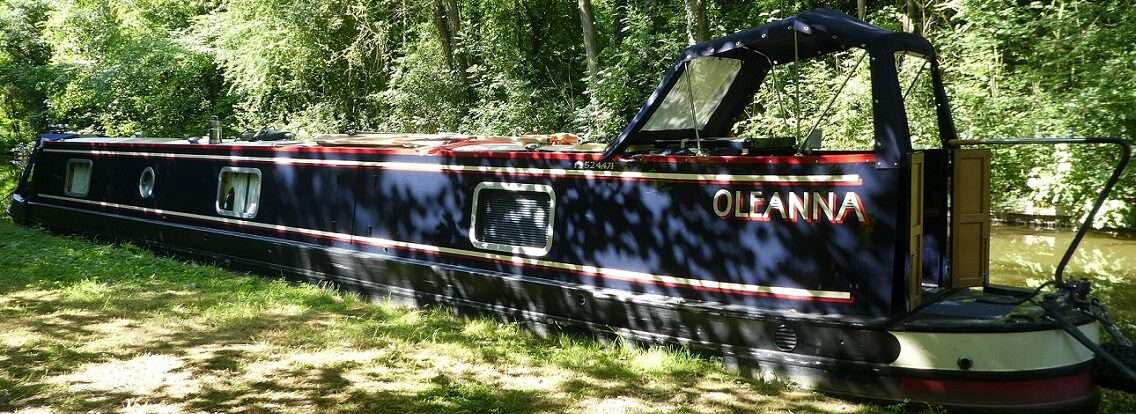Castleford Cut Visitor Moorings
Tilly climbed trees whilst we enjoyed a cooked breakfast. Hash browns from the freezer rather than homemade, Mick’s are nice they just take a bit of doing.

The EA Gauge was starting to come back down today, slowly. Mick had a walk up to the lock this morning and the river was still in the red, a red flashing light to go with it another at the opposite end of the cut. We’d not be moving until the level returned to below 1.5m, so not likely to be today.
For the last month I’ve been looking at new cameras on line. I’m wanting to replace my old one as the lens shutter sticks, therefore the lens can be quite filthy affecting the photos I take, plus it’s been mended twice! A compact, fits in your pocket, reasonable zoom, good megapixels kind of camera. Well it’s proving difficult find under £400! It’s as if no-one wants them anymore because phone cameras are so good now. Well except if you spot a Kingfisher at 90 paces you want to zoom in and not end up with a pointillist image. Also I’ve got used to using the camera to zoom in on locks ahead to see what is happening, a phone isn’t capable of that. So I’ve started to look at second hand cameras, CEX had a few I wanted to look at in Castleford so we headed off for a walk into town.
Well the Sony Cybershot has a great zoom but the whole thing is far too big to have in your pocket or bumbag whilst working locks. Crossing some lock gates I’d end up getting trapped! So sadly no luck today. We also tried Cash Convertors another local shop, still no luck. The hunt continues.

A top up shop at Morrisons, not the biggest store and lacked some of our usual basic items, but fresh fruit and veg were stocked up on.
The walk back took us along Albion Street. A busy road. Here stood two buildings that had to have been cinemas, their facades giving away their early 1900’s age. The first moving picture was shown in 1905 by a touring company in the Queens Hall, a couple of years later films were a regular event. By 1911 another two venues were showing films and in 1912 four new cinemas were opened in the town which the year before had a population of just over 23,000.

The Albion Picture House sits on the corner of Wilson and Albion Streets. Quite a simple building but the shape giving away it’s history. By 1913 the Crown Picture Palace had opened up in Glasshoughton, it’s owner was in dispute with the central Castleford cinema owners as they were threatening to boycott anyone supplying him with films. It was forced to close only to open again in 1916, but burnt down in 1923.

The Albion was rebuilt further along the road in 1927. It was converted to triple screens in 1975 and in February 1987 it showed it’s last film leaving Castlefield with no cinemas. Both buildings look like they have seen other lives, but now they look dormant, pretty much like most of the rest of the town centre.

Castlefield was greatly affected by the closure of the coal mines in the area. In 1984 the Wakefield area of Yorkshire had 15 collieries, by the end of the 1980’s only 4 remained. Frickley/South Elmsall and Sharlston closed in1993, Prince of Wales 2002 and finally Kellingley in 2015. Today the town looks dead, did it ever recover from the closures or has it been on a downward trend since the 1980’s? A stretch of houses along the south bank of the River Aire were all boarded up, due for demolition, part of the refurbishment of the area into part of the ‘riverside destination’. It’ll be nice to have gardens and pathways along the river. Hope it breaths new life into the area.

Thankfully Queens Mill is still open, Yorkshire Craft Beers, a tea room and the flour mill, the worlds largest stoneground flour mill. Along side it is Millenium Bridge, curving over the weir across the River Aire, joining both banks. Today there was quite a lot of water flowing over it.

River levels are still on the way down, but more rain is forecast overnight. The mooring here isn’t bad, but the evening and night time running of gennies from the permanent moorers across the way is really quite annoying. If we can we’ll move on in the morning.
0 locks, 0 miles, 1 dry day, 0 suitable cameras, 5 bananas, 6 apples, 2kg potatoes, 2 cinemas on one street, 15 to 0, 21:30, midnight another! 2 boaters 1 cat hoping for levels to drop by morning.


















































































































